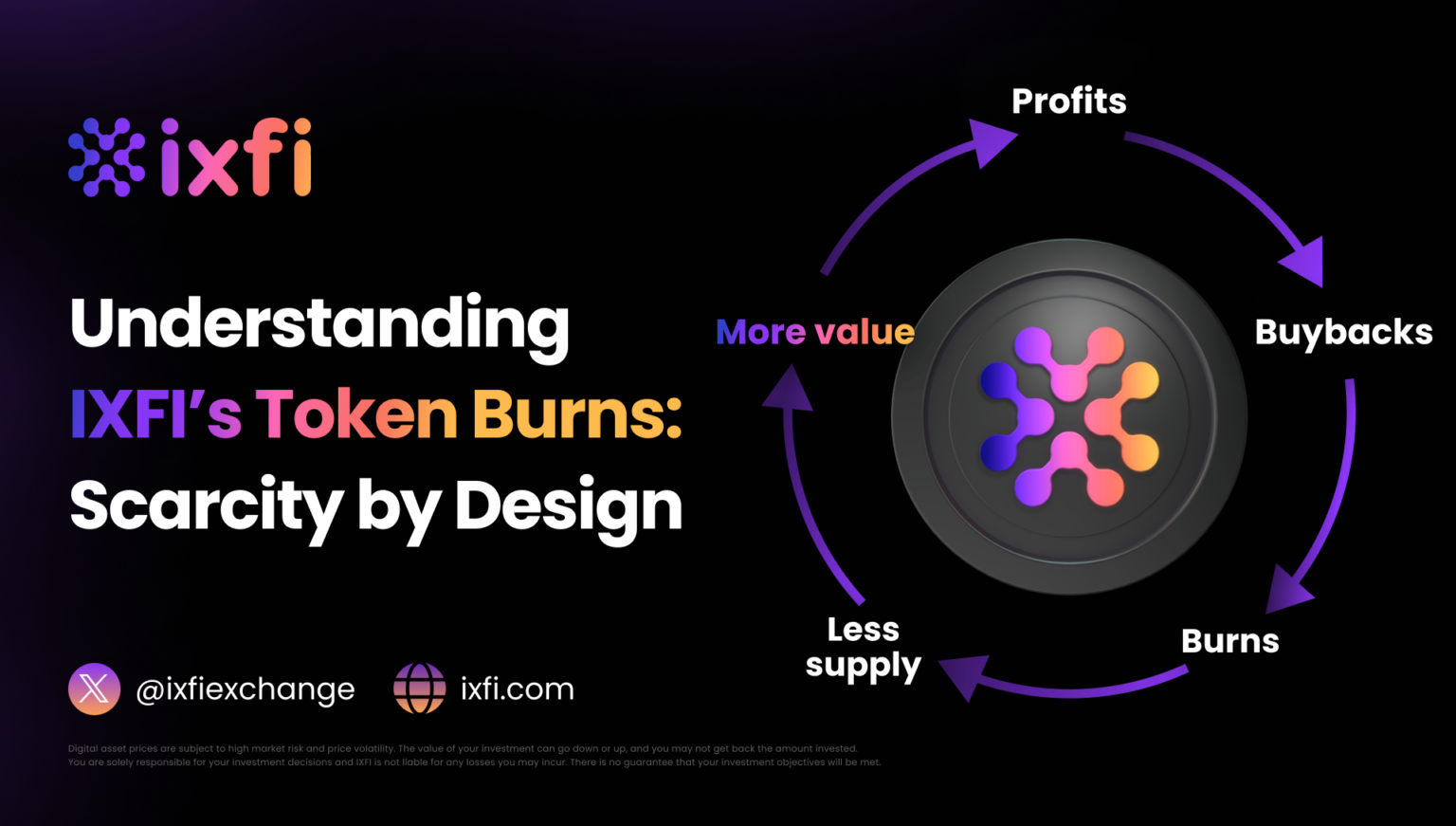Prices from the past are a gold mine that traders can use to:
- conduct proper research
- analyze the crypto market to find ways of making money
Also, it’s a well-known fact that the market’s volatility and swing moves can determine price changes for many assets across the market. After following several technical analyses, we can trade if we’re sure about subsequent price changes and if we can bet on these changes by opening trading positions. The primary positions that a trader can take are long and short. A trader can either purchase an asset or bet on its price going up or down.
What is short-selling?
The short-selling position occurs when the trader sells in advance an asset that they are not required to own in their portfolio to profit. For example, if the trader is sure that a cryptocurrency price will drop, they can short-sell that specific asset using put options, futures, or a margin account.
These are short-selling particularities, and the main reason users can sell an asset they don’t own is that they virtually borrow it from a broker or the exchange platform. In conclusion, the specific investment is borrowed and sold on the market, and keeping the short position open will benefit the trader if the asset’s price goes lower.
How does short-selling work?
To open short positions and sell assets that one doesn’t own, margin accounts can be used because the trader will not possess the assets they are shorting. Traders will have to deposit a certain amount considered collateral in the margin account. This money is being used by both the trader and the platform (as a warranty that the user can pay their loss, if any).
There is another similar method to profit from prices’ downfall, and it’s less risky: put options. Options are derivative contracts that offer the right to buy and sell cryptocurrencies at a pre-determined price and expiry date. Put options can be held over the long or short term, and each has its risks: the longer they are, the pricier. Also, short-term put options can go to zero, depending on the market’s volatility.
What are the risks?
This type of trading might be very profitable if positions are taken correctly. Still, it has more significant risks than we usually encounter, even in the crypto market — and this is why short-selling is not a very popular trading style.
When shorting a particular cryptocurrency doesn’t go as planned, the loss can be unlimited compared to an ordinary purchase of assets. For example, if a trader buys a cryptocurrency that keeps falling in price, the maximum loss incurred is the amount paid.
If a trader bets on a price downfall using their margin account and the specific asset grows in price, they can either wait until the price goes lower, as planned, or accept the loss. The problem regarding waiting time is that the margin loan comes with deductible commissions as long as the position is open.
Additionally, suppose an asset’s price is going too far in the opposite direction. In that case, the platform where we’re trading can open a margin call that requires more collateral to keep the position open. If the trader cannot provide more money as collateral, the broker will close their position and liquidate him.
In conclusion, trading cryptocurrencies can be risky even when the moves and steps are simple. Consider that volatility is a trader’s best friend (or worst enemy if things don’t develop as planned). The best thing any new trader can do is educate themself as much as possible about ways to profit from market fluctuations.
If you, too, are a forward-thinker when it comes to technology and finance, it’s time to take your financial future into your own hands. Register on IXFI and start your unique journey as a crypto trader. Your Friendly Crypto Exchange is here to help you every step of the way.
Disclaimer: The content of this article is not investment advice and does not constitute an offer or solicitation to offer or recommendation of any investment product. It is for general purposes only and does not take into account your individual needs, investment objectives and specific financial and fiscal circumstances.
Although the material contained in this article was prepared based on information from public and private sources that IXFI believes to be reliable, no representation, warranty or undertaking, stated or implied, is given as to the accuracy of the information contained herein, and IXFI expressly disclaims any liability for the accuracy and completeness of the information contained in this article.
Investment involves risk; any ideas or strategies discussed herein should therefore not be undertaken by any individual without prior consultation with a financial professional for the purpose of assessing whether the ideas or strategies that are discussed are suitable to you based on your own personal financial and fiscal objectives, needs and risk tolerance. IXFI expressly disclaims any liability or loss incurred by any person who acts on the information, ideas or strategies discussed herein.


